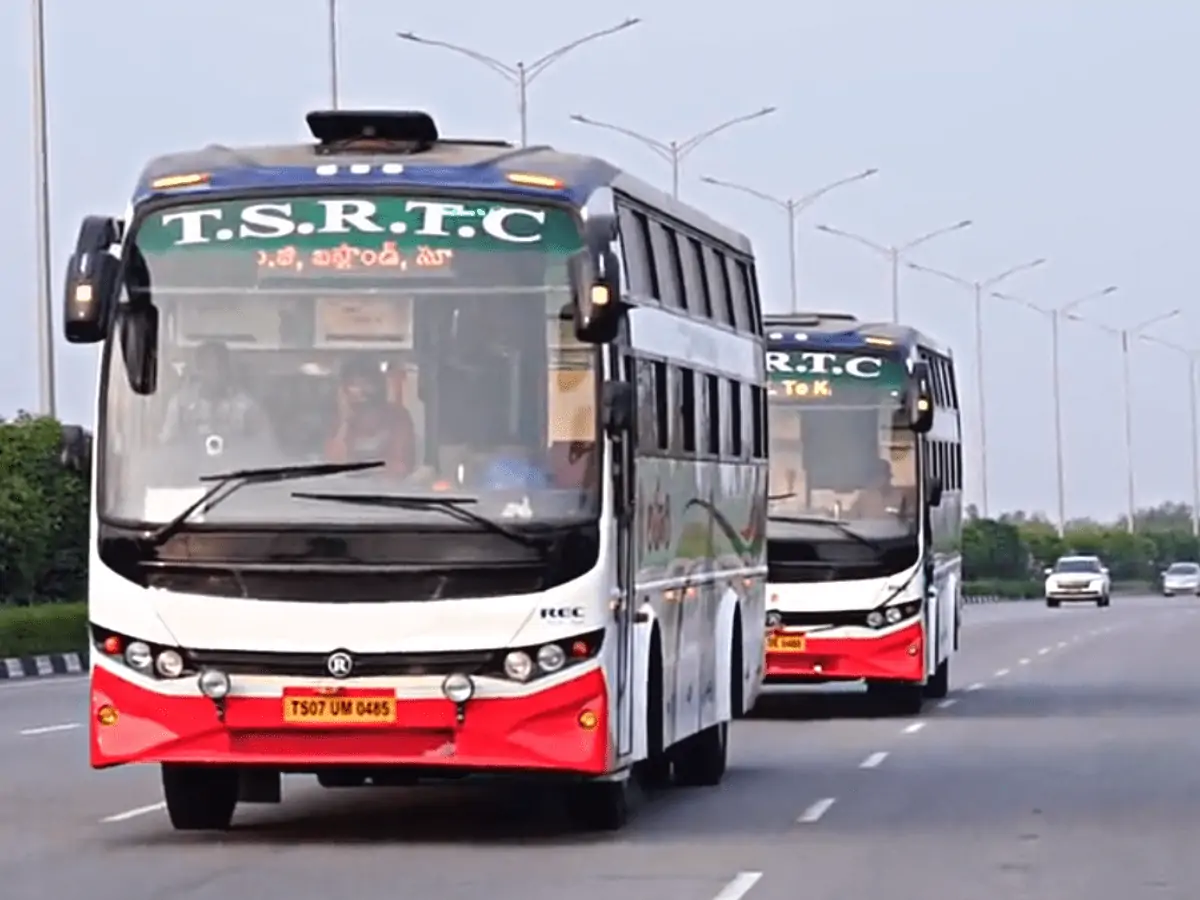Kaleshwaram Project Under Review – What Locals Near Godavari Are Saying
The Kaleshwaram Lift Irrigation Project, one of India’s largest and most ambitious irrigation ventures, has been the subject of both admiration and controversy since its inception. Designed to address water scarcity in Telangana and rejuvenate agriculture across several districts, the project has been a matter of pride for many in the state. But now, with fresh reviews and technical evaluations underway, questions are emerging—not only from officials but from the local communities who live near the Godavari River and whose lives are most affected by the project.
In this article, we take a closer look at what the people of Telangana, especially those in and around the Godavari basin, are saying about the ongoing review of the Kaleshwaram Project. More importantly, we aim to represent these voices with clarity, professionalism, and a genuine understanding of what’s at stake.
What Is the Kaleshwaram Project?
The Kaleshwaram Lift Irrigation Scheme (KLIS) was launched with the intention of diverting water from the Godavari River to drought-prone areas of Telangana. It spans across districts like Karimnagar, Warangal, Siddipet, Nizamabad, and others. With massive infrastructure like pumps, reservoirs, canals, and tunnels, the idea was to lift water from lower elevations to higher grounds and make it available for agriculture and drinking purposes.
It was seen as a game-changer for Telangana, particularly for farmers who have long struggled with irregular rainfall and drying borewells.
Why Is the Project Under Review?
As of 2025, the project is now undergoing a formal review due to technical concerns, financial scrutiny, and environmental questions. There have been reports of structural concerns at key barrages, escalating costs beyond original estimates, and environmental groups raising red flags about impact on local ecosystems.
While government engineers and committees are assessing these issues from a policy standpoint, those living near the canals, reservoirs, and barrages are also asking questions—based on daily experience, lived reality, and long-term dependence on the system.
Local Voices from the Godavari Belt
People who live near the Godavari River—especially in places like Kaleshwaram, Manthani, Siricilla, and Ramagundam—have a more grounded view of the project. They’ve seen the benefits firsthand, but they’ve also witnessed the challenges.
1. Farmers Speak About Water Access
One of the main goals of KLIS was to bring water to farmland that had remained dry for decades. For some, it worked. In areas like Siddipet and Jagtial, farmers say they’ve experienced better yields and reduced dependence on groundwater.
“I used to depend only on borewells, and in the summer months it was almost impossible to irrigate. After Kaleshwaram started pumping water, we saw the difference,” says a farmer from Husnabad.
However, others in downstream villages claim that the water distribution is inconsistent. “Some canals are overflowing, others are dry. The water doesn’t reach every farm equally,” notes another farmer near Peddapalli.
This uneven access has caused frustration, especially when large portions of land still wait for promised irrigation despite the scale of the infrastructure.
2. Fishermen Raise Environmental Concerns
The Godavari is not only a river—it is a lifeline for local fishermen. The barrages and pumps have changed water flow patterns, which has affected fish breeding cycles.
“We used to catch a certain variety of fish every winter, but in the last three years the numbers have gone down,” says a fisherman from Manthani. “We’re not against the project, but we want compensation and planning that protects our livelihood too.”
Many locals believe that more environmental impact assessments should have been done before certain construction phases. The review now offers a chance to raise these issues officially.
3. Construction and Safety Fears
The Medigadda Barrage, a critical part of the project, has been in the news for structural concerns. Locals nearby say they have seen cracks and minor leakages in recent monsoons.
“People are scared. We live close to the barrage, and we worry what will happen if the structure fails,” says a resident from Kaleshwaram village. “We want transparency. The engineers should come and tell us what’s really going on.”
Many believe that quality checks were rushed during the construction phase. The current technical review by expert panels must take local insights seriously to ensure safety and trust.
Financial Accountability Matters to Locals Too
Although big infrastructure often involves complex budgets, residents are aware that the Kaleshwaram project cost has exceeded initial estimates. Many locals express concern over where the money is going, especially when certain areas still struggle for access.
“We heard thousands of crores were spent, but our fields are still dry. Where did all that money go?” asks a farmer from Jammikunta. For people who live hand-to-mouth, every rupee matters.
This is why transparency in the financial review matters—not just for policymakers in Hyderabad, but also for people in rural Telangana who feel left out of the conversation.
Employment and Temporary Livelihoods
One of the often-overlooked benefits of the Kaleshwaram Project was the employment it provided during its construction phase. Many labourers from Adilabad, Bhupalpally, and Khammam were employed on site—helping build pipelines, concrete structures, and canals.
But now that construction has slowed, many of those jobs have disappeared. The temporary economic boost has faded, and there’s uncertainty about what’s next.
“The project gave us work for two years. After that, we went back to daily wage jobs. There’s no long-term employment,” says a construction worker from Bellampalli.
People are now asking: can the state provide more sustainable job opportunities connected to water management, farming, and environmental services?
Is the Project Still Worth It?
This is the big question. For some, KLIS is already a success—because it represents the ambition and self-reliance of the new Telangana state. For others, it’s a missed opportunity that delivered only partial results.
But locals agree on one thing: the review must be honest, fair, and inclusive.
“I’m not against the project. I want it to work. But they must listen to us—the people who live here, who see the changes daily,” says a teacher from Mulugu.
The Way Forward
With the Kaleshwaram Project under review, Telangana has a chance to correct mistakes, improve delivery, and strengthen trust with its citizens. Engineers and planners must ensure that infrastructure is built to last, water is equitably distributed, and communities are consulted—not ignored.
The government must also consider:
-
Publishing clear reports about the review findings
-
Hosting village-level consultations
-
Addressing environmental damage
-
Creating permanent employment through water-related departments
-
Ensuring that every region in Telangana benefits equally
Transparency, dialogue, and local involvement are the only way to make a massive project like KLIS truly sustainable.
The Kaleshwaram Lift Irrigation Project is more than just a construction marvel. It is a symbol of hope, struggle, ambition, and debate in Telangana. Now that it’s under review, it is the perfect time to hear what local communities near the Godavari have to say.
Their insights are not just opinions—they are based on daily experience, farming outcomes, water availability, and safety concerns. Listening to these voices can turn KLIS into not just one of India’s biggest projects, but one of its most successful people-centric initiatives.
As Telangana continues to grow, so should its commitment to inclusion, transparency, and respect for the land and people that power its progress.




